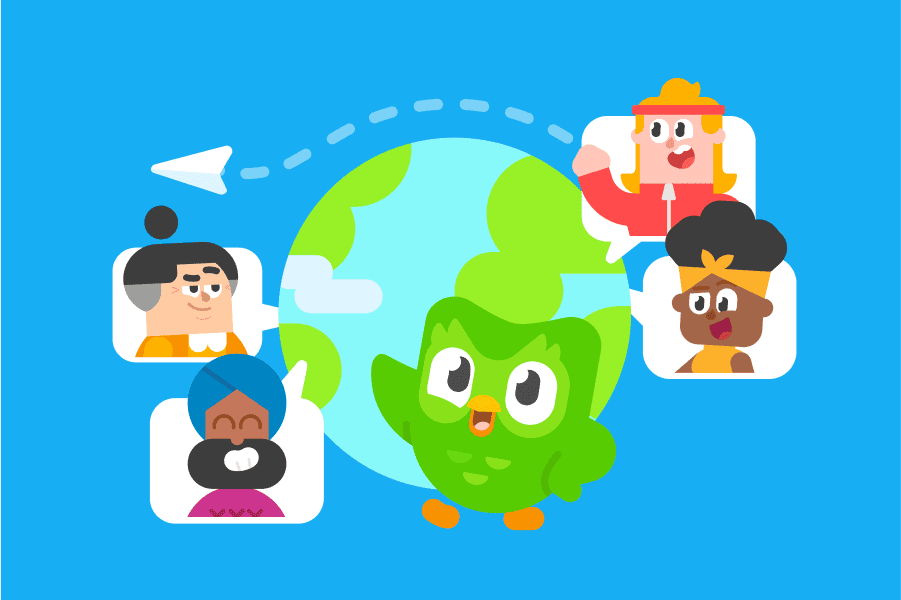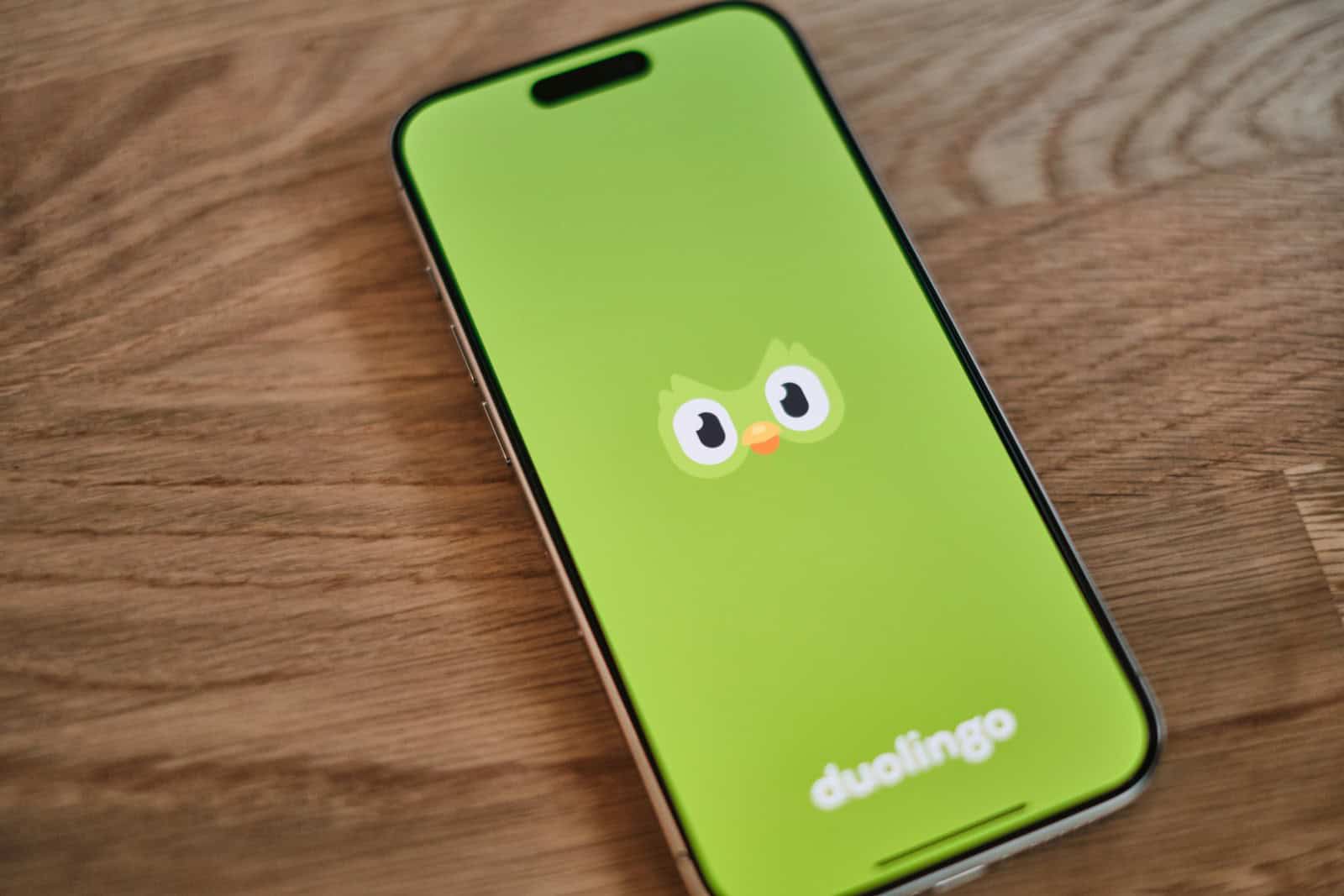Duolingo is no stranger to innovation, but its latest move marks a significant turning point—not just for the company, but for the broader tech industry. In a company-wide memo posted to LinkedIn on April 28, CEO Luis von Ahn announced that Duolingo is officially becoming an “AI-first” company. The implications are massive: AI will now handle a growing share of the tasks once performed by human contractors, leading to layoffs, organizational restructuring, and a wholesale rethinking of how content is created on the platform.
A Broader AI Overhaul, Not Just a Content Update
This isn’t just about using AI to generate more language drills. According to von Ahn, the company’s decision goes beyond lesson creation. Duolingo is reworking its codebase, team structure, and hiring practices to integrate artificial intelligence into every layer of the business. Departments will only be allowed to hire new employees if they can’t automate the role with AI—signaling that efficiency and machine learning will guide all major personnel decisions going forward.
The move builds on AI initiatives Duolingo began testing in 2023 and 2024, where they quietly replaced 10% of contractors following the success of generative AI tools in lesson development. This year’s pivot is the logical next step—and it’s happening fast.

Contractor Jobs Cut, AI Steps In
One of the most immediate changes is the phasing out of contractors. Tasks like translation, voice-over editing, and lesson scripting—once completed by hundreds of freelance workers—are increasingly being handled by internal AI tools based on large language models (LLMs). Duolingo’s in-house models have reportedly matured enough to create full lesson plans, review them, and even generate culturally relevant context without human oversight.
This automation has raised serious concerns within the language education community. Educators and linguists who previously contributed to Duolingo’s rich, human-centered content fear the app’s pedagogy could suffer. Critics have also pointed out that no AI—no matter how advanced—can replicate the nuanced decisions of language experts, particularly when it comes to idioms, dialects, and cultural sensitivity.
AI in Performance Reviews and Hiring
In a move that startled some industry observers, von Ahn revealed that Duolingo is even embedding AI into performance reviews and hiring decisions. Employee performance may now be partially evaluated based on how effectively they incorporate AI tools into their workflow. New roles will only be greenlit if automation can’t do the job instead.
This aligns Duolingo with a growing number of tech firms—like Shopify and Uber—who have begun requiring AI literacy as a baseline skill for employment. It’s no longer just about knowing how to do a job, but about how well you can work with (or be replaced by) machines.
The Human Cost of Automation
While von Ahn emphasized that full-time employees will not be replaced, the shift has nonetheless sparked criticism. On Reddit, former users and gig workers voiced concerns about job loss and the potential for bland, generic content. One user wrote, “If I wanted a robot to teach me, I’d just use ChatGPT. What made Duolingo great was the human touch—it felt like someone was behind the scenes, crafting it for me.”
Others fear this signals a larger trend where digital platforms turn into algorithmic content farms, optimized for engagement metrics but lacking substance.
Duolingo’s AI Bet: Profitable, But At What Cost?
From a business perspective, the strategy seems to be working. Duolingo’s stock has surged more than 68% in the past year, bolstered by its premium subscription growth and successful expansion into music and math. The introduction of AI-powered features like personalized learning paths and predictive grammar feedback has also kept user retention high.
Still, there’s a tension brewing beneath the surface. Is faster content worth more than better content? Can AI truly replace the cultural fluency of native speakers? These are the questions Duolingo—and its millions of users—will wrestle with as the platform evolves.
In many ways, Duolingo’s pivot could become a case study in the promises and pitfalls of AI adoption. It’s a high-stakes gamble: innovate or fall behind, automate or get outpaced. But in doing so, the company risks trading its soul for scalability. Whether users embrace that trade-off remains to be seen.
Key Takeaways
- Duolingo is transitioning to an “AI-first” approach, replacing human contractors with AI systems for content creation.
- The company started this shift in early 2024, already cutting 10% of contract positions after implementing AI tools.
- This change may lead to faster content development while raising questions about impacts on learning quality and industry employment.
Frequently Asked Questions
Duolingo’s AI-first strategy has transformed how the language learning platform operates. This shift affects everything from staffing to core learning features.
How has the introduction of AI technology impacted Duolingo’s workforce?
AI technology has significantly reduced Duolingo’s reliance on human contractors. According to reports, the company has cut contractors as part of its AI-first strategy.
This shift mirrors what’s happening at other tech companies like Klarna, where AI has replaced hundreds of employees.
Duolingo now uses AI for tasks that once required human workers, including performance reviews and managing staffing needs.
In what ways is Duolingo utilizing artificial intelligence within its language-learning platform?
Duolingo uses AI to personalize learning paths for users based on their progress and mistakes. The platform adapts lesson difficulty and content to match individual learning styles.
AI powers Duolingo’s speech recognition technology, which helps users practice pronunciation by providing instant feedback.
The app also employs machine learning to identify patterns in user behavior, helping improve retention by determining optimal times to send reminders.
Can artificial intelligence on Duolingo provide accurate translation services?
Duolingo’s AI offers reasonably accurate translations for common phrases and sentences within its learning modules. The system continuously improves through user feedback and corrections.
For basic language learning purposes, the AI translations are generally reliable. However, they may not capture cultural nuances or idioms as effectively as human translators.
The platform combines neural machine translation with human-reviewed content to maintain quality standards.
What are the implications of Duolingo’s shift to an AI-First strategy for language education?
This shift allows Duolingo to reach more learners with personalized education at lower costs. Students can access immediate feedback without waiting for human review.
The AI approach enables the company to rapidly update content across multiple languages simultaneously. This means learners get access to fresh material more quickly.
However, some language educators worry about the loss of human guidance that helps learners understand cultural context and proper usage.
How will Duolingo ensure the quality of language instruction with increased reliance on AI?
Duolingo likely maintains a core team of language experts who oversee AI systems and review content quality. These professionals help train and refine the AI models.
The company probably uses extensive testing protocols to verify translations and ensure lessons meet educational standards.
User feedback mechanisms also help identify errors or areas where AI instruction falls short, allowing for continuous improvement.
What are the privacy and data security considerations with Duolingo’s use of AI?
Duolingo collects substantial user data to train its AI systems, including speech samples, learning patterns, and interaction history. This raises questions about how this information is stored and protected.
Users should review the platform’s privacy policy to understand what data is collected and how it might be used for AI development.
The company must comply with regulations like GDPR in Europe and CCPA in California, which govern how user data can be processed for AI training purposes.







